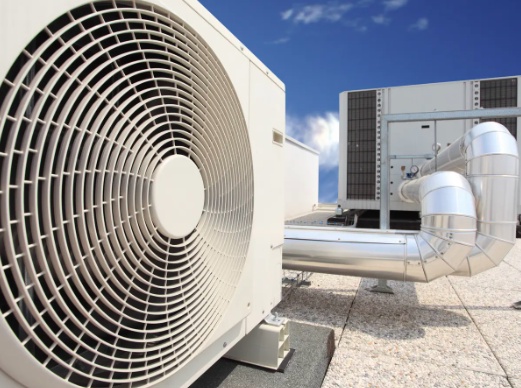When it comes to keeping your buildings safe from fire, having the right fire dampers installed is essential. Fire dampers are passive fire protection systems used to protect the openings through walls and floors of buildings from the spread of fire. They are commonly installed in ceilings, walls, and floors.
Fire dampers can significantly reduce the risk of a fire spreading throughout a building or complex, which is why it is critical that they are correctly installed, inspected and maintained. To understand fire dampers, it is important to first understand what fire dampers are and how they work.
Fire dampers are mechanical air barriers that are installed into a wall or ceiling to provide protection from the spread of fire. Fire dampers are designed to prevent airflow between two adjacent compartments, while allowing the airflow necessary to keep the building ventilated. In the event of a fire, the damper would automatically close and prevent the spread of fire and smoke.
Fire dampers come in a variety of shapes and sizes to fit in common ceiling and wall openings. Fire dampers are designed to meet strict industry standards, such as UL listed and ASTM rated, to ensure the damper has been tested and approved for fire safety. In addition, fire dampers can also be tested and certified to ISO 9001 or WHA 7100, which is an international standard for the application of high-density fire shields, fire dampers and fire partition systems.
When getting a fire damper installation, it is important that the installers are knowledgeable and experienced; the installation must be done in accordance with the manufacturer’s installation instructions. In addition, fire dampers should be inspected and/or tested periodically to ensure they are functioning properly. This can be done either through visual inspections or through additional methods, such as smoke testing, to ensure the airflow is correct and the damper can close properly in case of a fire.
When selecting fire dampers, it is important to consider the type of building, the materials used in the construction, the fire classification and the size and configuration of the opening. It is also important to consult with an experienced fire safety engineer or qualified contractor to ensure the correct fire dampers are used.
Finally, once the fire dampers are installed, it is important to keep them free of dust and debris which could block the operation of the damper during a fire. The fire dampers should be tested and inspected regularly to ensure they are working properly. Additionally, it is important to keep building occupants informed about the importance of proper fire safety and the need for regularly inspecting and maintaining the fire dampers. By having the correct fire dampers installed, maintained and inspected, building owners and occupants can be assured that their safety is of the highest priority. Fire dampers provide an extra layer of protection from the spread of fire, allowing for buildings to remain safe, secure, and efficient.
Conclusion
Fire damper installation is necessary to provide effective fire protection in commercial and residential buildings. Fire dampers are vital components of the fire safety system, as they help to contain the spread of smoke and flames by preventing the passage of air through walls, floors, and ceilings. Fire dampers can help to reduce the destruction caused by a fire, by limiting the spread of smoke and flames, and by providing additional escape routes for occupants. With fire dampers installed, the safety of building occupants is significantly increased, making it a necessity for all buildings.


No comments yet